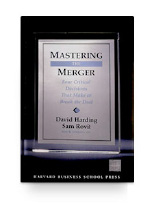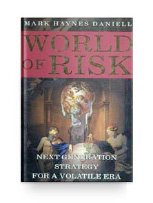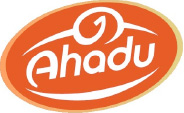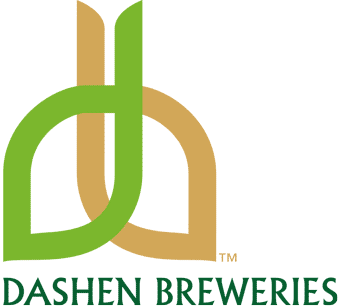case studies
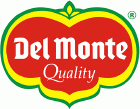
Clarity & conviction
How a brave, coherent, and well-articulated strategic plan resulted in a more than tripling of Del Monte Royal Foods share price.

The much documented, and strikingly successful turnaround of Del Monte Royal Foods has provided many business academics with an ideal case study of how to apply a clear strategic program of change, driven by effective diagnosis, design and operational excellence.
The turnaround story starts with the legendary KKR takeover of RJR Nabisco in 1988, at the time, the largest private equity buyout in history.

Following the takeover, some of Nabisco’s Global operations were broken up and sold separately at auction. The rights to Nabisco’s African affairs was successfully acquired from KKR, with this came the opportunity to bid for the Del Monte Royal Foods business. Vivian teamed up with the Anglo-American Corporation of South Africa in a complex, yet clear and compelling bid, to win the Del Monte business at auction towards the end of 1993.
In the period following the acquisition of Del Monte, extensive production and distribution assets were added in Europe, Asia and Africa. The enlarged organisation had over 20,000 employees, with an integrated supply chain spanning 24 countries. Seemingly, progress was being made, watched over by an experienced management team.
Soon after the acquisition, during the mid 90’s the business was presented with significant challenges. Asian currencies represented a significant portion of Del Monte’s costs, and were moving adversely against the dollar, as were all relevant European currencies. A weakening of selling countries’ currencies, and a strengthening of producing countries’ currencies, created intense margin pressure across the business.
Across the Del Monte business, blinkered somewhat by the belief that the ‘strength of the brand’ would see them through, operational management continued with business as usual, including range extensions into ‘new-era’ drinks, which fragmented their attentions and diluted marketing spend. Swift, decisive action, not easily achieved in a long-standing traditional organisation, was fast becoming imperative.
The importance of bold change was now abundantly clear to the personally and heavily invested Vivian.
A program of deep business diagnostics was drafted to bring into plain view all internal and external activities in minute detail. Nothing was off limits. No sacred cows. No compromise.
The Chairman and his senior operating and finance executives – set out to reverse the decline. The resulting program was clear – and set in stone.
New vision
In a nutshell the new vision was a sharp re-focus on the core business, namely Del Montes’ famous pineapple, fruit and vegetable products. A senior management task force assigned each country and business unit with specific roles, and accompanying strategies to achieve their part of the overarching plan.
New structure
On one hand greater personal incentives were required, on the other, significant rationalisations would be made. Hundreds of staff positions were earmarked for reduction from the top down. Within 18 months 11 of the top 15 management positions were filled with new faces. Further down, any role that was deemed a duplication was removed.
The new streamlined business focused on its core strengths to increase revenues, product categories, productive yields, quality, and profits simultaneously.
Operational costs were next, with activities in various geographies either being consolidated, or closed, and any remaining plant or property put under the hammer to help finance the rapid restructuring. Then came new distributors, new IT infrastructure, the cutting of unprofitable customers, rationalised marketing spends, trimming of unprofitable product lines, and non branded Del Monte products were individually considered for divestiture. In parallel, a new set of incentives kept remaining management firmly focused on the end game.
New transparency
A complicated history of acquisition related charges, multiple reporting entities and changes in accounting policy, generally caused concern among Del Monte shareholders. It was agreed that the reporting approach should be simplified dramatically and include all ‘the bad news’. Over a billion rand was written off in an adjustment to the brand value carried on the balance sheet. A further 300 million rand was taken as a provision for ongoing and future restructuring costs. Conformity to international accounting standards was now a given, and a new group finance director was swiftly appointed. All lenders positively applauded the new accounting clarity.
New opportunities
Though primary focus was clearly on the here-and-now, new opportunities that would accelerate future growth at low capital cost were successfully negotiated in Russia and India. Advertising and design spend was re-focused on core brands and well established premium brand values. The Just Juice brand was acquired to add volume and market share to a strong Del Monte brand presence in the UK.
OUR VALUES
Announcement of the group’s dramatic turnaround program came in July 1997. Results for the first full year of strategic change reflected a 70% increase in earnings. On delivery of forecast results, the share price more than tripled.
The Man from Del Monte
Dubbed by the press as ‘The Man from Del Monte’, Vivian and his teams unswerving adherence to ‘the plan’, through thick and thin, had arguably saved a much loved household name from possible extinction – as well as earning all invested parties an extremely healthy return.

